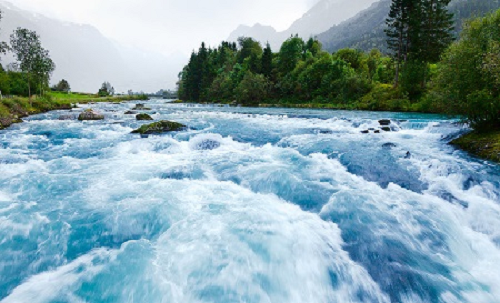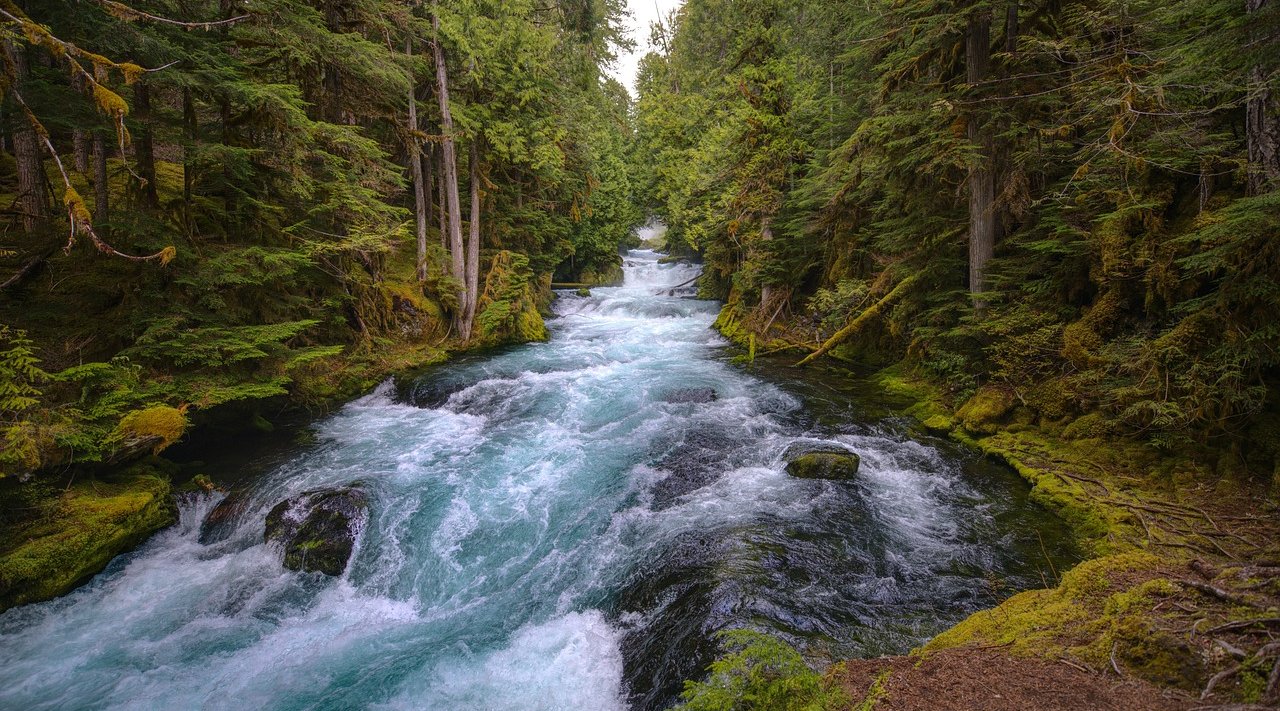Unit 11: Rivers
Unit 11: Rivers

Unit 11: Rivers
 Unit 11: Rivers
Unit 11: Rivers
Rivers are natural watercourses that flow continuously from higher elevations to lower elevations, ultimately draining into larger bodies of water such as oceans, seas, or lakes. They play a crucial role in shaping landscapes, supporting ecosystems, and providing water resources for human activities.
Key characteristics of rivers include:
Source: The source of a river is the point where it originates, often in mountains, hills, or springs. It is typically characterized by the presence of small streams or tributaries that converge to form the main channel of the river.
Channel: The channel is the pathway through which water flows in a river. It may vary in width, depth, and shape, depending on factors such as the volume of water, the type of sediment, and the topography of the surrounding landscape.
Tributaries: Tributaries are smaller streams or rivers that flow into a larger river. They contribute water, sediment, and nutrients to the main river channel and help to shape its flow and characteristics.
Gradient: The gradient or slope of a river refers to the change in elevation over a given distance along its course. Rivers with steeper gradients tend to flow more rapidly, while those with gentler gradients have slower-moving water.
Discharge: Discharge is the volume of water flowing through a river channel at a given point and time, typically measured in cubic meters per second (m³/s) or cubic feet per second (cfs). It depends on factors such as precipitation, runoff, groundwater input, and upstream flow.
Meanders: Meanders are bends or curves in a river's course, caused by erosion and deposition processes. They often develop in areas with low gradients, and their shapes may change over time due to erosion of the outer bank and deposition on the inner bank.
Delta: A delta is a landform formed at the mouth of a river where it empties into a larger body of water, such as an ocean or a lake. Deltas are typically composed of sediment deposited by the river, creating a network of channels, islands, and marshes.
Rivers provide numerous benefits to society and the environment, including freshwater supply for drinking, agriculture, and industry; transportation routes for commerce and trade; habitat for aquatic and terrestrial species; recreational opportunities for fishing, boating, and tourism; and cultural significance as sources of inspiration, mythology, and spiritual beliefs. However, they also face threats such as pollution, habitat degradation, over-extraction of water, and alteration of natural flow regimes due to human activities and climate change. Protecting and managing river ecosystems is essential for ensuring their sustainability and the well-being of communities that depend on them.
Vocabulary
Lesson Reading

